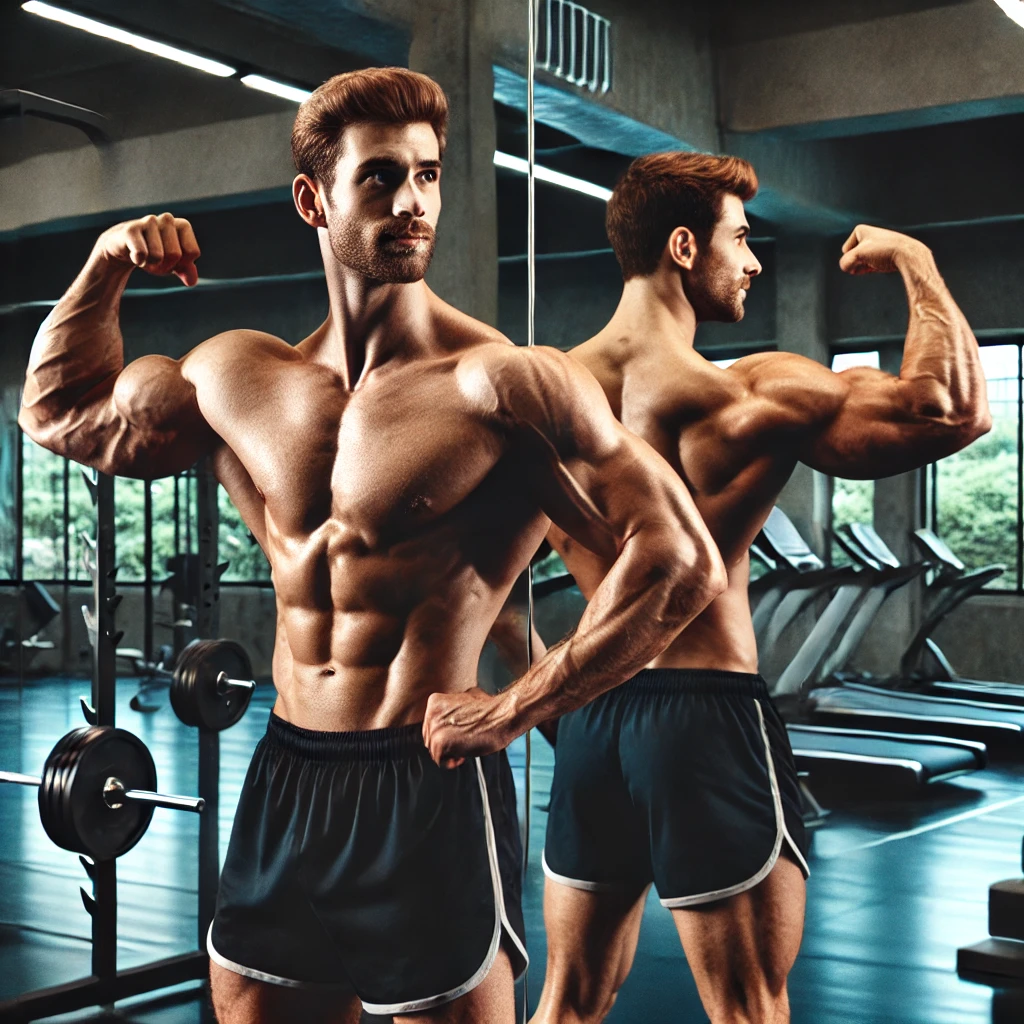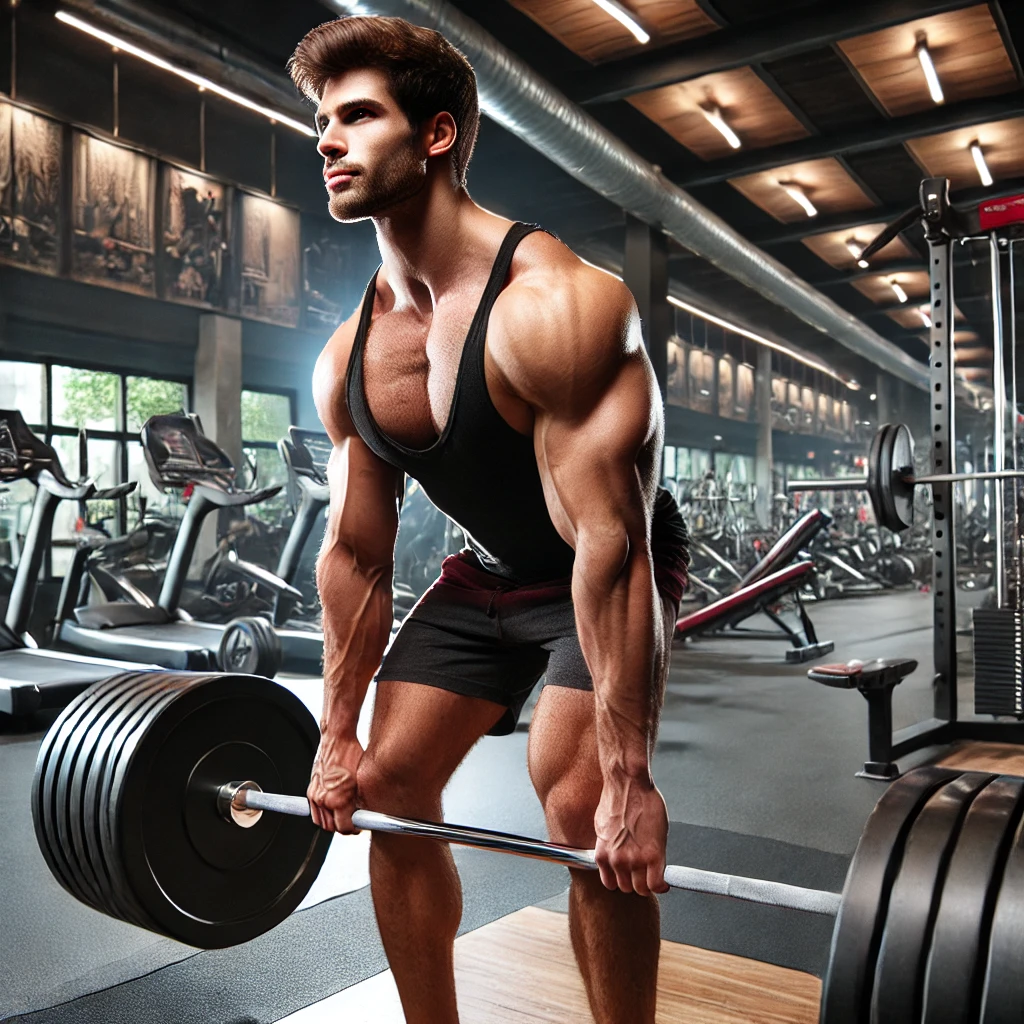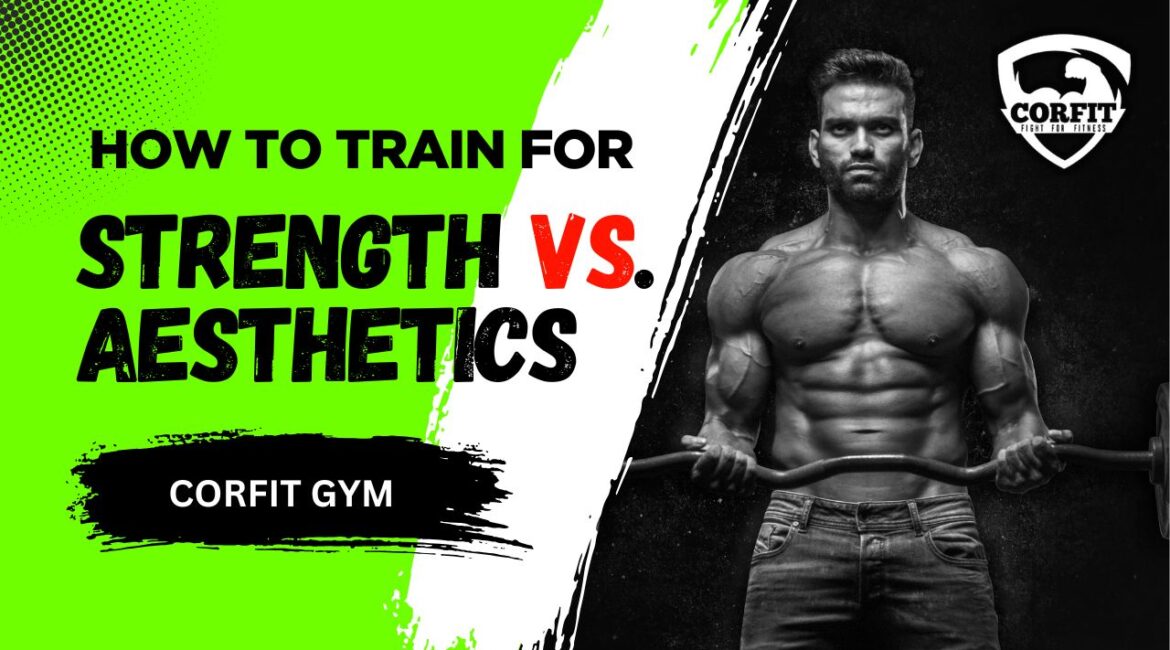When it comes to fitness, people often have different goals. Some train to develop pure strength, while others focus on Strength vs. Aesthetics muscle growth for a well-defined, sculpted body. While both approaches involve lifting weights and structured workout programs, they are distinctly different in execution.
Training for strength prioritizes functional power, endurance, and muscle efficiency, whereas aesthetic training aims to build muscle size, symmetry, and definition. Whether you’re a powerlifter, bodybuilder, athlete, or fitness enthusiast, understanding the right approach for your goals is crucial for maximizing results and optimizing performance.
In this article, we’ll explore the key principles of both training styles, workout plans, nutrition guidelines, and expert tips to help you make an informed decision.
Table of Contents
What is Strength Training?
Strength training focuses on maximizing muscle power and force output. This type of training is commonly adopted by powerlifters, weightlifters, athletes, and individuals looking to build raw power. It emphasizes progressive overload with heavy weights and compound movements.

Key Benefits of Strength Training
- Increases Maximal Strength: Enhances the ability to lift heavier weights over time.
- Boosts Athletic Performance: Improves explosiveness, endurance, and functional strength.
- Enhances Bone Density & Joint Health: Reduces the risk of osteoporosis and injuries.
- Improves Muscle Coordination: Enhances neuromuscular connections, making movements more efficient.
- Supports Weight Management: Boosts metabolism and burns calories even at rest.
Training Principles for Strength
To develop strength effectively, follow these fundamental principles:
1. Train with Heavy Weights (85-95% of 1RM)
Strength training revolves around lifting near-maximal loads for lower reps, typically in the 3-6 rep range. Training at high intensities forces the body to adapt and grow stronger over time.
2. Focus on Compound Movements
Compound exercises recruit multiple muscle groups, making them ideal for building full-body strength. Key movements include:
- Squats (Back & Front)
- Deadlifts (Conventional, Sumo, Romanian)
- Bench Press (Flat, Incline, Decline)
- Overhead Press (Standing, Seated, Push Press)
- Pull-ups & Chin-ups
- Barbell Rows & Pendlay Rows
- Dips & Weighted Dips
3. Utilize Progressive Overload
To continuously gain strength, you must gradually increase the weight, reps, or intensity over time. This prevents plateaus and ensures consistent muscle adaptation.
4. Optimize Rest Periods
Strength-focused workouts require longer rest intervals (2-5 minutes per set) to allow for complete recovery and maximal performance in each lift.
5. Train 3-4 Days per Week
Unlike hypertrophy training, strength training doesn’t require daily workouts. A split routine focusing on major lifts ensures proper recovery while optimizing strength gains.
Strength Training Routine Example
| Day | Workout Focus |
|---|---|
| Monday | Squats, Deadlifts, Core |
| Wednesday | Bench Press, Overhead Press, Rows |
| Friday | Deadlifts, Pull-ups, Dips |
| Saturday | Accessory Work, Mobility, Recovery |
What is Aesthetic Training?
Aesthetic training, also known as hypertrophy training, aims to build muscle mass, definition, and symmetry. This style of training is ideal for bodybuilders, fitness models, and anyone who wants a sculpted physique.

Key Benefits of Aesthetic Training
- Increases Muscle Size & Fullness: Helps develop well-defined and proportionate muscles.
- Enhances Muscle Definition: Improves vascularity and muscle separation.
- Burns Fat & Boosts Metabolism: Helps in cutting excess fat while maintaining lean muscle mass.
- Improves Overall Appearance: Creates an aesthetically pleasing, balanced physique.
- Enhances Muscle Endurance: Strengthens muscle fibers for sustained performance.
Training Principles for Aesthetics
1. Moderate Weights & Higher Reps (8-15 reps)
Hypertrophy training involves lighter weights compared to strength training, with a focus on higher reps (8-15 per set) to promote muscle growth and endurance.
2. Isolation & Compound Movements
While compound exercises remain important, isolation exercises play a bigger role in targeting specific muscle groups for balanced development.
Examples of Isolation Exercises:
- Bicep Curls & Hammer Curls
- Tricep Extensions & Skull Crushers
- Lateral Raises & Front Raises
- Leg Extensions & Hamstring Curls
- Cable Flys & Dumbbell Flys
3. Shorter Rest Periods (30-90 Seconds)
Unlike strength training, aesthetic training incorporates shorter rest periods to keep muscles under tension, promoting hypertrophy.
4. Train 5-6 Days per Week
Higher training frequency is necessary for maximizing muscle definition and symmetry.
Aesthetic Training Routine Example
| Day | Workout Focus |
| Monday | Chest & Triceps |
| Tuesday | Back & Biceps |
| Wednesday | Legs & Abs |
| Thursday | Shoulders & Arms |
| Friday | Full-Body & Core |
| Saturday | Cardio & High-Rep Circuit |
Nutrition for Strength vs. Aesthetic Training

Strength Training Nutrition
- Caloric Surplus: Consume more calories than you burn.
- Protein Intake: 1.2-2.2g per kg of body weight.
- Healthy Fats & Carbs: Whole grains, nuts, and avocados for sustained energy.
Aesthetic Training Nutrition
- Caloric Deficit or Maintenance: Control calorie intake for lean muscle growth.
- High-Protein Diet: Supports muscle recovery and growth.
- Low Glycemic Carbs & Healthy Fats: Optimize energy and definition.
Choosing the Right Training Approach
- If your goal is to lift heavier and maximize strength, prioritize strength training.
- If your goal is to build a well-defined, muscular physique, focus on hypertrophy training.
- For a balanced approach, integrate both training styles into your routine.
Final Thoughts
Both strength and aesthetic training offer unique benefits. The best approach depends on your fitness goals, preferences, and lifestyle. Whether you’re training for power or aesthetics, staying consistent, eating right, and optimizing recovery are the keys to success.
At Corfit Gym, we offer personalized training programs, expert coaching, and a motivating environment to help you achieve your fitness goals efficiently.
Join Corfit Gym today and take your fitness to the next level!

